Abundance: plentiful
What: young flowers, seeds
How: seeds can be eaten raw, ground into flour, roasted, or crushed for sunflower oil, the shells can be roasted then used as a coffee substitute; young flowers are boiled
Where: Sunny areas, ditches, abandoned yards
When: Seeds ripen in late summer, early fall
Nutritional Value: carbohydrates, protein and oils
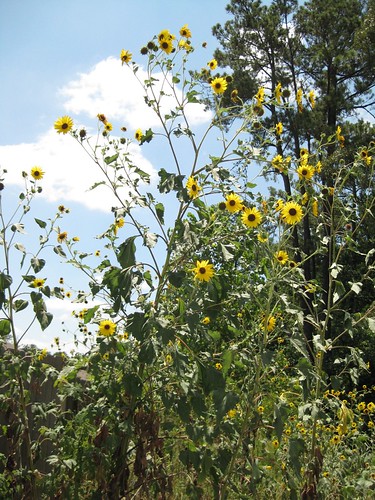
Close-up of flower with immature seeds.

Back of sunflower.
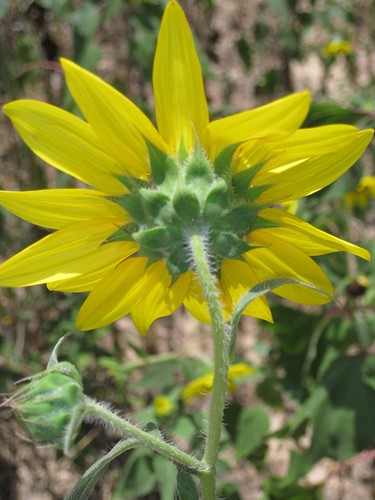
Sunflower leaves ranging from 2" to 6" in length.
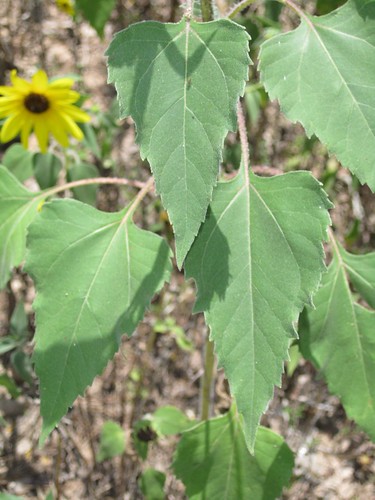
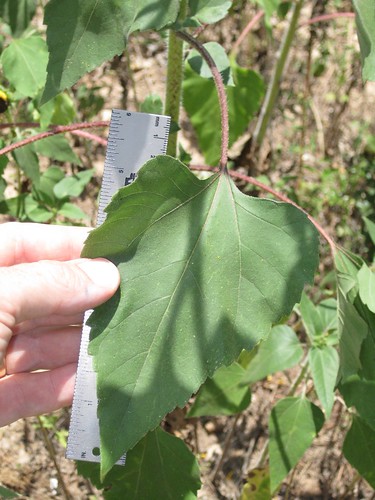
Close-up of stem. Both leaves and stem have fine hairs.
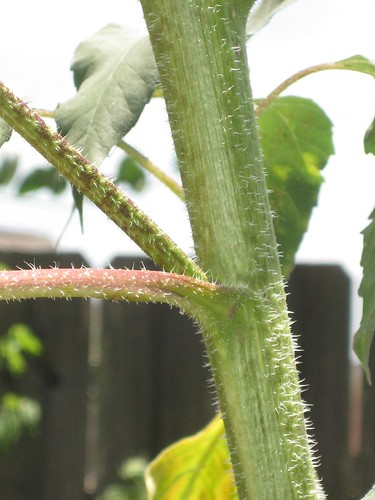
Texas distribution, attributed to U. S. Department of Agriculture. The marked counties are guidelines only. Plants may appear in other counties, especially if used in landscaping.
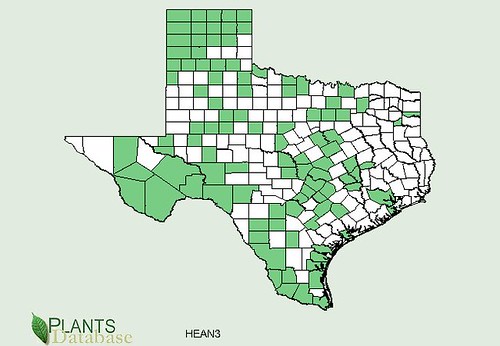
North American distribution, attributed to U. S. Department of Agriculture.
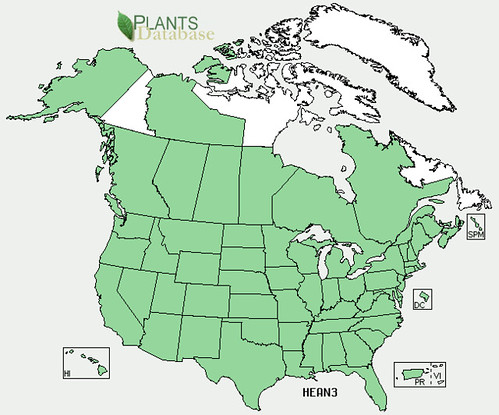
Running rampant just about any sunny place mankind has torn up soil, the tall, gangly sunflowers seem to thrive in every wasteland. The flowers are much small flowers, only 2-3 inches across, are plentiful on each thick, tall stalk.
The young flower buds, when green and before they've opened, are quite good when boiled until tender then served with butter. I'll also add the young flower buds to stews and curries. The mature seeds are an excellent source of high-calorie oil which birds and other animals love. Humans can eat them, too but they are very small and generally aren't worth the effort to gather.
Buy my book! Outdoor Adventure Guides Foraging covers 70 of North America's tastiest and easy to find wild edibles shown with the same big pictures as here on the Foraging Texas website.

